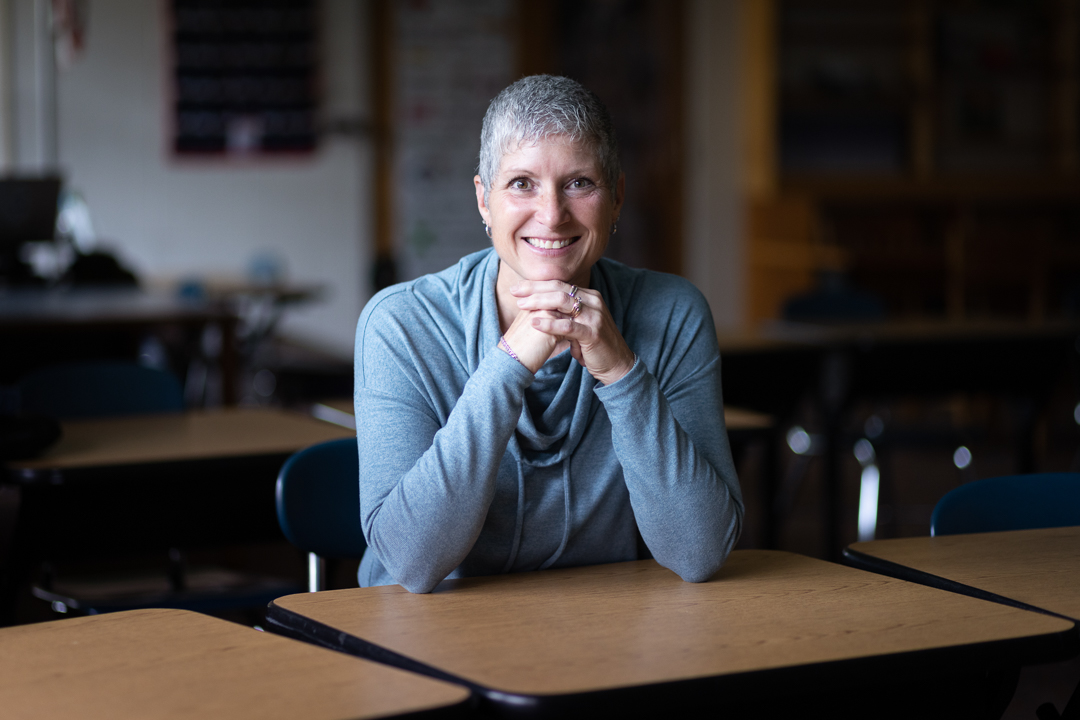Hi friends! Some of you may know me from when I worked on Apple's Worldwide Education team, especially the Apple Learning Coach program. I'm currently working on a storytelling project called Teachers in their Power and would love your nominations.
☑️ Nominate a teacher here: teachersintheirpower.com
Teachers in their Power is focused on changing the narrative about the teaching profession. Through a combination of photography and interviews, the project profiles the American teacher, quilting together perspectives from communities across the country. The goal is to foreground teachers as humans, not heroes — and in a sea of systemic challenges, to focus on what can be done to help powerful teachers stay. Because teacher voice is vital to meaningful policy change, the project focuses on empowering and entrusting teachers to share their stories long after the project is done.
Learn more and view recent posts:
___
“There are things in education that could be better. There are also a lot of great things happening that people don't look at or don't want to see because they want to send a bigger message, especially when it comes to public education.
I think we need to focus on the things that are going well. There's still a lot of learning that happens in schools, there are still a lot of great relationships that are forged in schools. There is still a lot of growth happening for students. And I think that sometimes the public messaging is so focused on the negative things that we miss all the good.”
–Diana Callope, middle school math teacher in Whitewater, Wisconsin










October 10, 2022 . English
English
“My mom taught for 30 years. And after I went to grad school she said, ‘Why don't you get some experience in the city schools?’ I did it, and I haven't left. You get really attached to the work and the students, especially once you see them meet the standards that you help them set for themselves.
Coming up here in this city, I’ve seen a lot of people leave because they said there wasn't opportunity here. Well, we aren't going to do much about creating opportunity unless some of us stick around. So I stuck around. And I just keep getting fulfilled by seeing the students succeed.
The students don't really have people that they can look to and say, ‘Hey, I know this person that can do these things.’ So it became a priority for me to create that bridge for them and that example for them. Part of what we do is bring in other teaching artists to say, ‘Hey, these are people from your community.’ That's a big deal. Seeing that resonate and the impact that that has, and how it can motivate kids, that's really why I stick around.
We took a group of students from all four of the schools that I work in to the Kennedy Center. And we took a performance piece that I wrote and did the choreography for with a dear friend who was a music teacher here. We took the students through the whole recording process — they got to record themselves and got to experience what that was like, hearing themselves. Immediately, they started self-correcting and self-editing, which is really cool. It's like learning on the fly, like doing a job.
We organized getting them on planes. Almost all of them had never been on a plane before — had never been outside of this general region (Milwaukee, Madison, Chicago). So we go to D.C., we perform the piece in front of maybe 1,000 people — however many that theater holds. And kids from Hawaii all the way to New York City are a part of this talent show, and they're all nervous. And by the time they were done with the performance, everybody was on their feet, and the Kennedy Center applauded them. And you know, we told the kids, ‘Y'all represented Milwaukee out there. That's a big deal. You dedicated yourself to doing this piece.’
The piece was on Frederick Douglass. They got to go to Frederick Douglass' home in the D.C. area, and they got to see examples of The North Star. We were really seeing that impact on them: others were viewing them outside of how they're traditionally viewed here in the city. I think that was a very big deal for them; it was for me. It brought tears to many of our eyes that were a part of that trip.
That was a big moment. It was a big moment in our momentum toward our job, which is trying to transform students' experiences in schools through the arts.”
–Ja'Rahn Leveston, arts teacher in Milwaukee, Wisconsin
View post on LinkedIn
Attachments
This action is unavailable while under moderation.
This action is unavailable while under moderation.